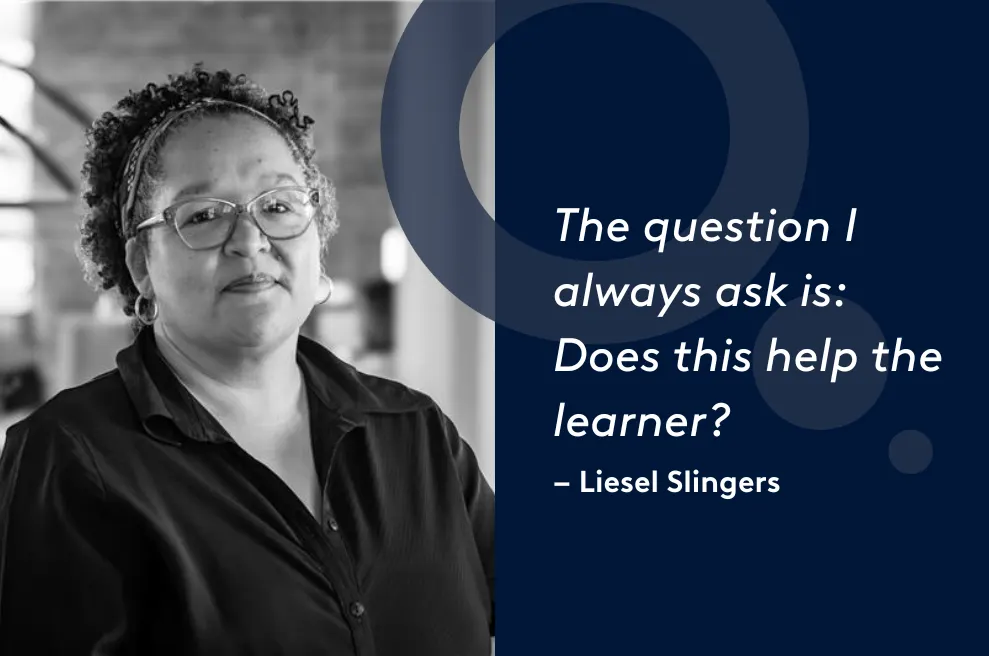I sometimes joke that I’m an “online learning historian.” I’ve been in this space long enough to remember when “distance learning” meant a textbook in the post and maybe, if you were lucky, a CD tucked into the cover.
When I studied this way myself, there was no real support, no one to ask, “Am I on the right track?” That’s why I feel so personally invested in creating online learning that actually supports learners. I know what it feels like when it doesn’t.
Over the past decade, I’ve witnessed three distinct eras of online learning: the pre-COVID experimentation, the COVID explosion, and now the recalibration we’re experiencing post-COVID. Each of these phases has left its mark, but only some things have truly stuck.
Before COVID: From Bolt-Ons to Ecosystems
When I first entered the EdTech space, online learning was often treated as a “bolt-on.” A textbook with a URL at the back. Slides uploaded to Moodle. A PDF was called a course.
But even then, forward-looking institutions were already experimenting with more intentional design. At OES Learning Solutions (then known as Construct Education), we collaborated with universities that were transitioning entire programs from face-to-face to online formats. I’ll never forget building accounting and economics MBA modules for a U.S. university. It blew open my sense of what was possible. Suddenly, I was working with world-class faculty across time zones, across disciplines, and on platforms far more sophisticated than a basic LMS.
A foundation was being laid for me. It dawned on me that learning could be designed, and designed well, rather than just created and delivered.
During COVID: A Cambrian Explosion
Then came 2020. Everyone had to be online overnight. And let’s be honest: much of what was produced in those first months wasn’t really online learning. A Zoom call is not a substitute for an online course. A scanned PDF is not a learning journey.
But the demand was staggering. Schools, universities, and corporations didn’t have a choice; they needed continuity. We saw teachers leaving classrooms and pivoting into instructional design. We hired at a pace we could barely sustain. It was exhilarating, exhausting, and, frankly, unsustainable.
Yet even amid the chaos, certain principles shone through. Engagement mattered. Structure mattered. Designing for attention spans mattered. Learners didn’t want bells and whistles; they wanted clarity, relevance, and engagement. They wanted a sense of progress.
After COVID: The Recalibration
Post-COVID, we’ve seen a correction. Many institutions no longer have the budget (or the appetite) to throw money at massive new digital projects. Teams that ballooned during the pandemic have since shrunk. Startups folded as the hype wave subsided.
But here’s what remained: a recognition that online learning is not a fad. It’s a core educational offering. Institutions now recognize that a thoughtful and intentional online presence is an integral part of their overall strategy.
And so the focus has shifted. We’re no longer just building courses at speed. We’re consulting, we’re auditing, and we’re constantly refining. Clients come to us with requests that extend far beyond simply putting a course online or designing a new one. They’re asking, “How do we make this better? How do we ensure our learners succeed? How do we design something that feels like us, and that carries our institutional brand and values?”
I often describe this as the “quality over quantity” phase. We’re no longer just building. We’re curating, advising, and ensuring learning is truly learner-centered.
What Stuck in Online Learning, and What Didn’t
The things that stuck?
Learner-first design is my north star. If a course doesn’t look and feel engaging, learners will simply click away. They have too many other options.
Real-world application is hugely important. A course must feel authentic and valuable, something you can apply immediately outside the virtual classroom.
Then there’s flexibility. Shorter videos, varied formats, and opportunities for interaction have become essential in any learning design.
The things that didn’t?
Quantity over quality. Churning out dozens of courses without thinking about impact or engagement.
Defining online learning too loosely. A PDF on a learning platform is not a course. We know that now.
Looking Ahead: Human + AI
The next frontier, of course, is artificial intelligence. I’m often asked whether AI will replace instructional designers. My answer: no. Sure, AI will change how we design. It already is. But the learner is still human. And humans need empathy and context. They need relatability and wisdom.
What excites me most is the combination of human and AI. Technology can handle scale, crunch huge amounts of data, and operate with utmost efficiency. But humans bring the nuance, the care, the creativity, and the humility that learning requires.
The future of online learning isn’t about choosing between human and machine. It’s about designing the right balance.
Learning Is About People
From textbooks and CDs to GenAI, I’ve seen this industry shift, stumble, accelerate, and settle. What hasn’t changed is the core truth: learning is about people.
Technology evolves. Strategies adapt. Industries boom and correct themselves. But when I strip it all back, the question I always ask is: Does this help the learner?
If the answer is yes, then it’s worth keeping.


